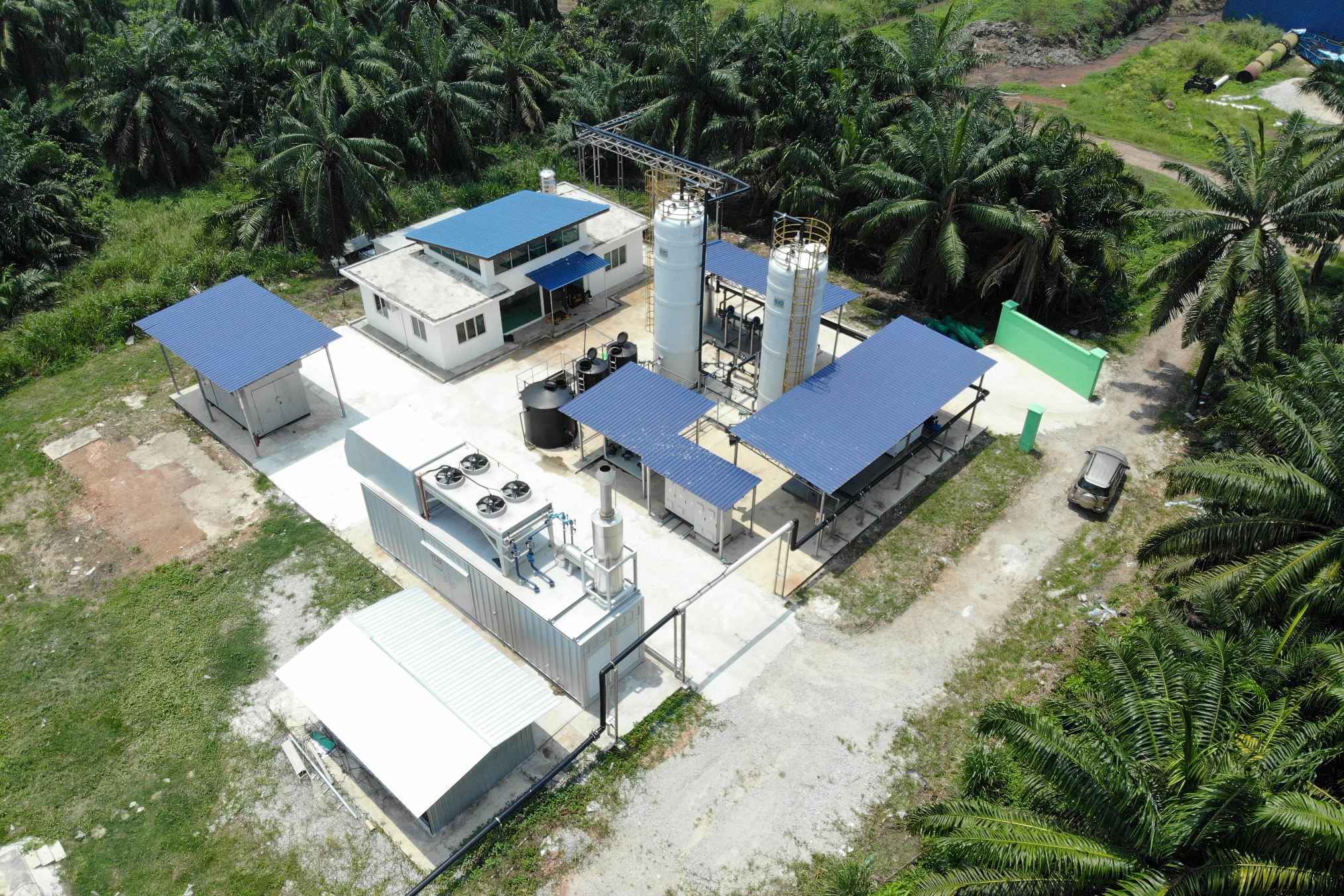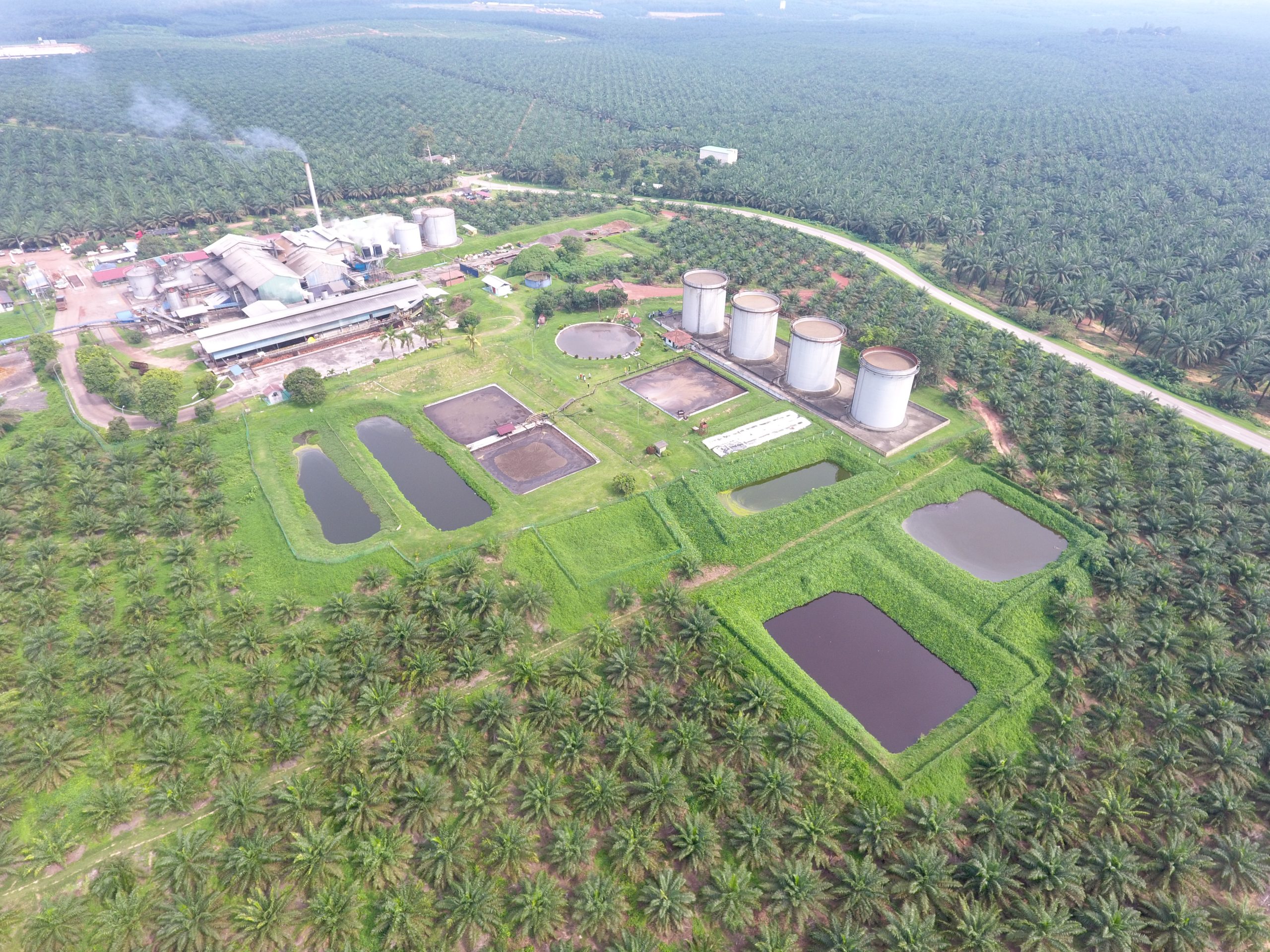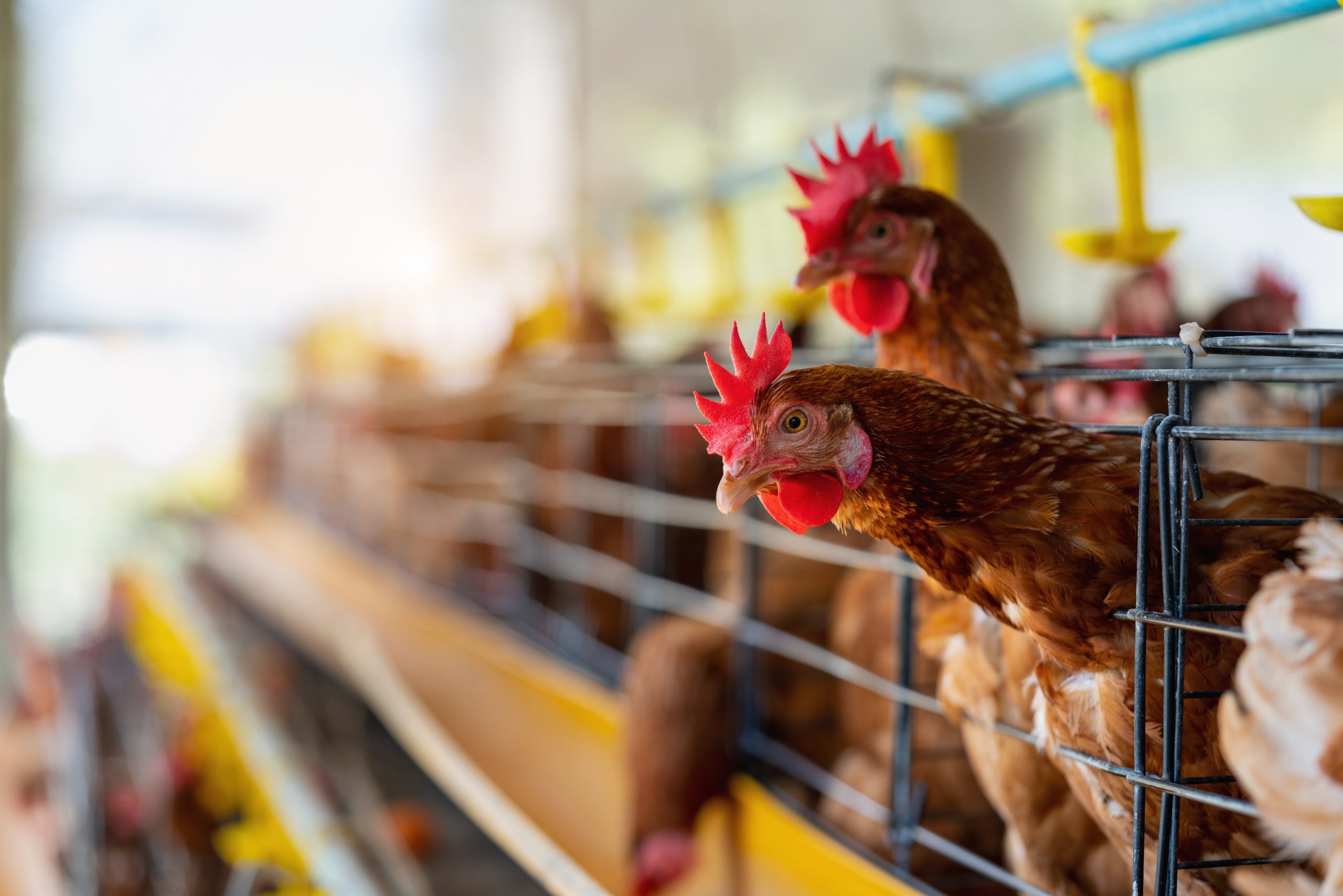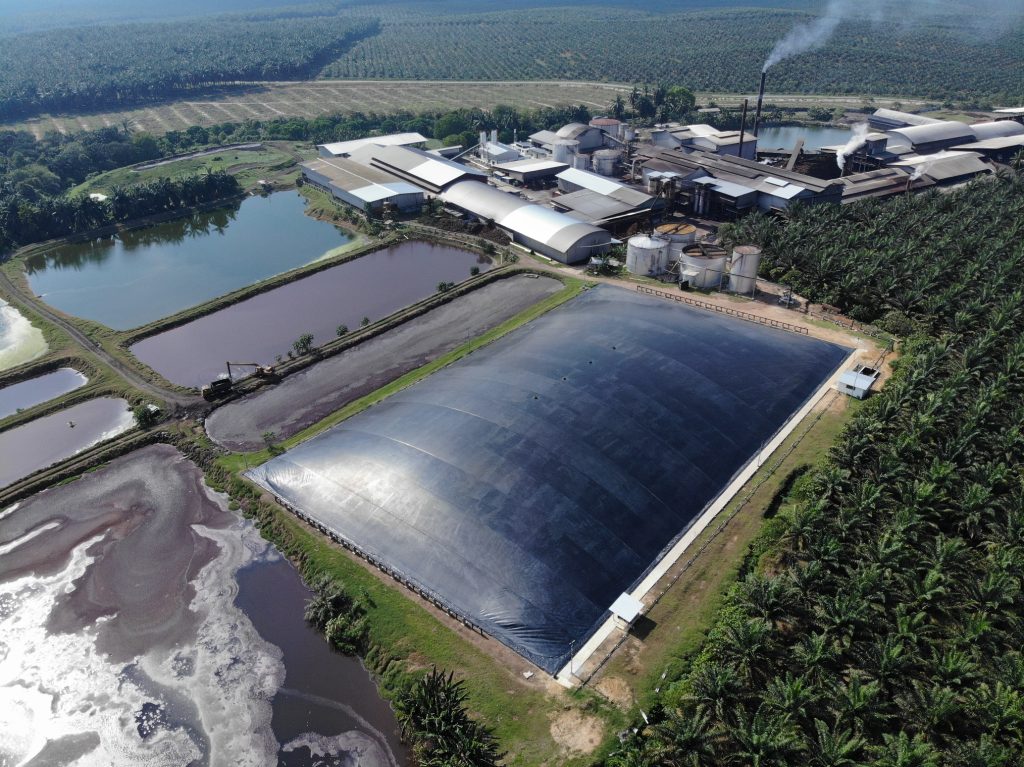FAQs
Green Lagoon Technology: Sustainable Biogas FAQ
Explore the world of sustainable biogas solutions with Green Lagoon Technology’s comprehensive FAQ. Gain insights into our innovative approaches, renewable energy projects and how we create a strong foundation for sustainable growth. Unveil the potential of eco-friendly energy and join us on our journey towards a greener future.
Biogas is a renewable energy source that is produced from organic waste, making it a sustainable alternative to fossil fuels. It also reduces greenhouse gas emissions, improves air and water quality and reduces the amount of waste in landfills. Biogas can also provide economic benefits, such as reducing energy costs and creating jobs.
One of the challenges of using biogas is that it requires a steady supply of organic waste to maintain production levels. The cost of building and maintaining biogas production facilities can also be a barrier. In addition, biogas production can be affected by factors such as temperature, pH levels and the quality of the feedstock.
Biogas can be used in a variety of facilities, including farms, wastewater treatment plants, landfills and industrial facilities. It can be used to generate electricity, heat buildings, power vehicles and more.





Temperature and pH are the easiest parameters to monitor and control in GLT’s IGBR system, but there are various other factors depending on the types of organic waste such as alkalinity, total suspended solids, volatile fatty acids and others.
Very safe. To safeguard personnel and the surrounding ecosystem, GLT has implemented comprehensive safety measures. These include gas monitoring systems that promptly detect any gas leaks or unusual levels, pressure relief mechanisms to prevent overpressure situations and fire prevention protocols to minimise fire hazards.
Yes, indeed. While the steel tank system is generally more expensive to build and has more equipment to be monitored, the tank system is suitable when there is insufficient land area and/or the ground is too soft (peaty), which cannot support or sustain the in-ground type biodigesters.
GLT’s IGBR is constructed in-ground, while the tank system is above-ground. The in-ground system means that just one unit of IGBR biogas capture is sufficient in most cases, while the tank system would require several tanks (between 2-6 units). The IGBR is also capable of storing the biogas that has been produced, while the tank type generally uses whatever it produces in real time.
Yes. By implementing proper engineering practices, we ensure that the IGBR system can be successfully built and operated on soft or peat soils, expanding the possibilities for waste treatment and renewable energy generation in various environments.

